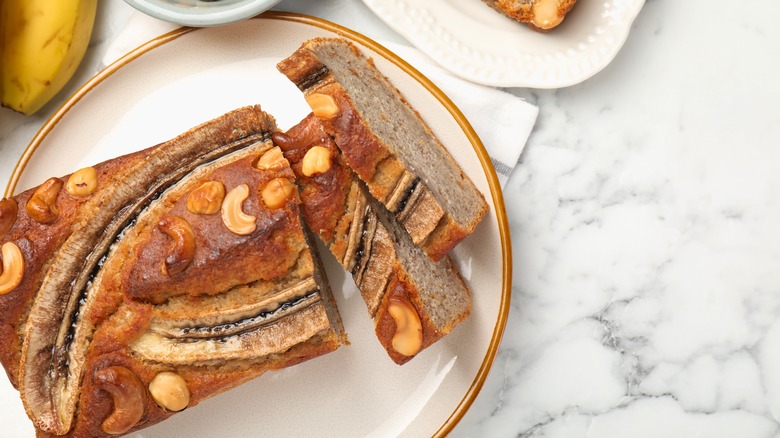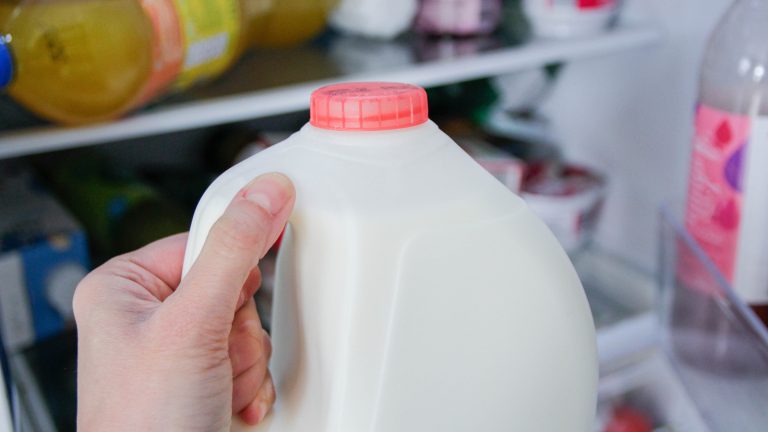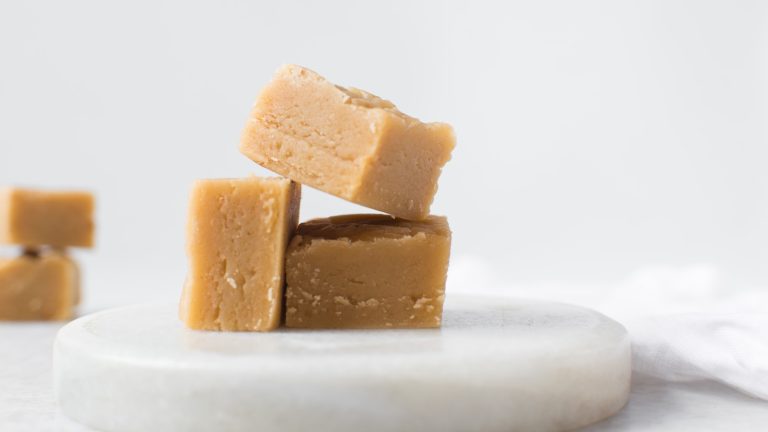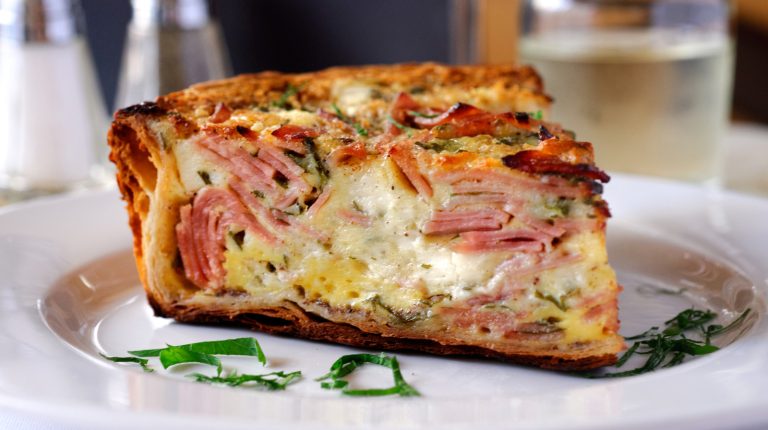Picking bananas at the market is a carefully calculated task. You want to make sure that they are at their prime when you’re ready for a quick snack or wish to incorporate them into your meals. That also means, ideally, you don’t want all your bananas to ripen at the same time. Unfortunately, individual bananas don’t come with a pause button to temporarily halt the ripening process. But if you come upon the inevitable black banana and are deciding whether or not to toss it out, consider a few key traits before making the final call. Give it a visual and olfactory inspection. If there is no mold, no foul odor, or the flesh inside hasn’t gone black and there are no unpleasant leaks from the fruit, then the banana is likely safe to eat. Although, you may want to err on the side of caution and cook it rather than eat it raw.
Bananas naturally ripen as they release ethylene gas, which converts starches into sugars. This process makes them sweeter and softens the texture over time. It’s also responsible for the noticeable color change from a less ripe green to a vivid yellow. Ethylene gas production also triggers neighboring, ethylene-producing fruits to ripen. However, as the process progresses and the fruit’s cells weaken, its enzymes are exposed to oxygen, which triggers the production of melanin, the pigment that causes blackening.
Thankfully, there are handy hacks that can help minimize the risk of hosting a fruit fly party over rotting bananas. Avoid physical damage or warm temperatures that can accelerate enzymatic browning. Instead, the cold environment of your fridge is best for banana storage. Wrapping the stems in cling film to decelerate ethylene release and keeping your fruits separate are more some ways to avoid excessive browning.
What you can do with black bananas
If you still find yourself left with black bananas that pass the edibility test, there are many delicious ways to prepare them. So, with some culinary creativity and inspiration, you can be one less person contributing to food waste, and one more person proving that low-waste cooking is tasty and enjoyable. After all, we are all for making better food choices for ourselves and the planet. If you’re hesitant to snack on a banana whose peel has blackened but the insides still seem safe to consume, you can always use the extra ripe fruit to level up plenty of recipes that will keep you happily satisfied. Is kickstarting your morning with a comforting bowl of oatmeal a non-negotiable? Consider mashing the bananas into your overnight oatmeal prep and infusing each bite with a delectable, natural sweetness with no added sugar. Want to wrap up your day with a sweet treat? Look no further than a perfectly moist banana bread. After all, overripe bananas are the ideal candidate for banana bread.
You can also peel, chop, and freeze the extra ripe bananas to use them in smoothie bowls or a dairy-free banana soft serve. To the pancake patrons — add mashing black bananas into the batter to your list of unexpected upgrades for this beloved breakfast and brunch meal. Sometimes, trusting your eyes alone is not sufficient, especially with food, so if your other senses aren’t sending out signals to cause concern, go bananas with your inspired eats!






